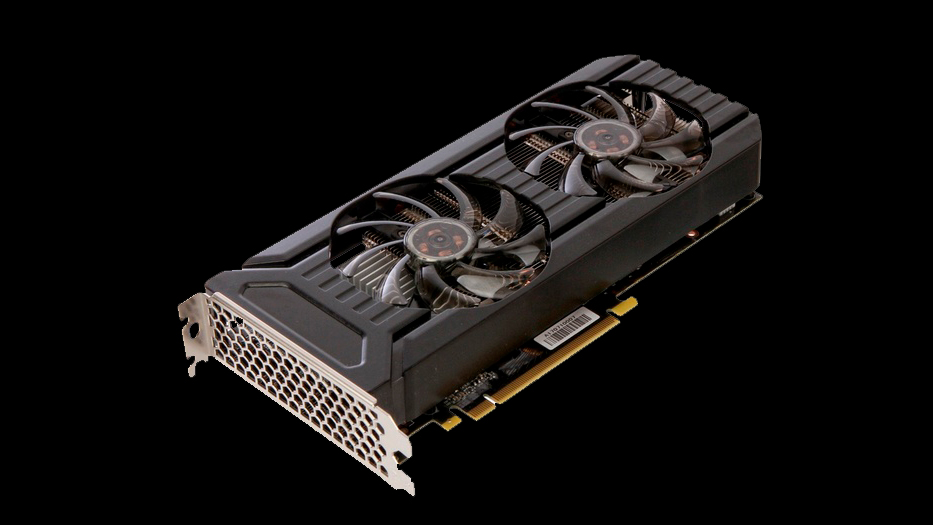The cryptocurrency mining business is booming again and, according to a PC Gamer report, Palit may be getting ready to ride the wave. The company has registered multiple P106 graphics cards with the Eurasian Economics Commission (EEC). As always, these registered models may or may not make it to the market.
Palit, like many other brands, launched the P106-100 back in 2017. The graphics card was based on the GP106 Pascal silicon, which is the same die that powers the highly successful GeForce GTX 1060. In effect, the P106-100 and GeForce GTX 1060 were literally the same graphics card, aside from the removal of the video outputs on the first.
As PC Gamer noted, the new part numbers sport a different nomenclature in comparison to the original part numbers. The registered part numbers fall in line with Palit’s last-generation GTX 16-series graphics cards. However, it isn’t likely that the manufacturer will update graphics card to the TU116 Turing silicon. Given the recent revitalization of the cryptocurrency mining business, Palit may just be dumping leftover inventory that it may have in its warehouse.
Nvidia has recycled Turing to launch its latest Cryptocurrency Mining Processor (CMP) lineup of graphics cards. The 30HX is Nvidia’s entry-level crypto-mining SKU. And as we’ve seen, it’s likely based around the TU116 silicon, the die inside the GeForce GTX 1660 Super. Nvidia rates its 30HX with an Ethereum hash rate up to 26 MH/s. According to Minerstat, the P106-100 is good for a hash rate of 21 MH/s, which isn’t bad for a four-year-old graphics card.
The 30HX and 40HX are scheduled to launch in the first quarter of the year. But Nvidia hasn’t revealed the pricing for any of its CMP devices yet. However, we’ve already seen mentions of the 30HX and 40HX in the latest GeForce Game Ready 461.72 WHQL driver, so they should be right around the corner. If Palit prices the new P106-100 just right, the manufacturer could definitely steal some of the cryptocurrency profit pie from Nvidia’s CMP.
